1.
Introduction
Fractional differential equations rise in many fields, such as biology, physics and engineering. There are many results about the existence of solutions and control problems (see [1,2,3,4,5,6]).
It is well known that the nonexistence of nonconstant periodic solutions of fractional differential equations was shown in [7,8,11] and the existence of asymptotically periodic solutions was derived in [8,9,10,11]. Thus it gives rise to study the periodic solutions of fractional differential equations with periodic impulses.
Recently, Fečkan and Wang [12] studied the existence of periodic solutions of fractional ordinary differential equations with impulses periodic condition and obtained many existence and asymptotic stability results for the Caputo's fractional derivative with fixed and varying lower limits. In this paper, we study the Caputo's fractional evolution equations with varying lower limits and we prove the existence of periodic mild solutions to this problem with the case of general periodic impulses as well as small equidistant and shifted impulses. We also study the Caputo's fractional evolution equations with fixed lower limits and small nonlinearities and derive the existence of its periodic mild solutions. The current results extend some results in [12].
2.
Caputo derivatives with varying lower limits
Set ξq(θ)=1qθ−1−1qϖq(θ−1q)≥0, ϖq(θ)=1π∑∞n=1(−1)n−1θ−nq−1Γ(nq+1)n!sin(nπq), θ∈(0,∞). Note that ξq(θ) is a probability density function defined on (0,∞), namely ξq(θ)≥0, θ∈(0,∞) and ∫∞0ξq(θ)dθ=1.
Define T:X→X and S:X→X given by
Lemma 2.1. ([13,Lemmas 3.2,3.3]) The operators T(t) and S(t),t≥0 have following properties:
(1) Suppose that supt≥0‖S(t)‖≤M. For any fixed t≥0, T(⋅) and S(⋅) are linear and bounded operators, i.e., for any u∈X,
(2) {T(t),t≥0} and {S(t),t≥0} are strongly continuous.
(3) {T(t),t>0} and {S(t),t>0} are compact, if {S(t),t>0} is compact.
2.1. General impulses
Let N0={0,1,⋯,∞}. We consider the following impulsive fractional equations
where cDqtk,t denotes the Caputo's fractional time derivative of order q with the lower limit at tk, A:D(A)⊆X→X is the generator of a C0-semigroup {S(t),t≥0} on a Banach space X, f:R×X→X satisfies some assumptions. We suppose the following conditions:
(Ⅰ) f is continuous and T-periodic in t.
(Ⅱ) There exist constants a>0, bk>0 such that
(Ⅲ) There exists N∈N such that T=tN+1,tk+N+1=tk+T and Δk+N+1=Δk for any k∈N.
It is well known [3] that (2.1) has a unique solution on R+ if the conditions (Ⅰ) and (Ⅱ) hold. So we can consider the Poincaré mapping
By [14,Lemma 2.2] we know that the fixed points of P determine T-periodic mild solutions of (2.1).
Theorem 2.2. Assume that (I)-(III) hold. Let Ξ:=∏Nk=0MbkEq(Ma(tk+1−tk)q), where Eq is the Mittag-Leffler function (see [3, p.40]), then there holds
If Ξ<1, then (2.1) has a unique T-periodic mild solution, which is also asymptotically stable.
Proof. By the mild solution of (2.1), we mean that u∈C((tk,tk+1),X) satisfying
Let u and v be two solutions of (2.3) with u(0)=u0 and v(0)=v0, respectively. By (2.3) and (II), we can derive
Applying Gronwall inequality [15, Corollary 2] to (2.4), we derive
which implies
By (2.6) and (Ⅱ), we derive
which implies that (2.2) is satisfied. Thus P:X→X is a contraction if Ξ<1. Using Banach fixed point theorem, we obtain that P has a unique fixed point u0 if Ξ<1. In addition, since
we get that the corresponding periodic mild solution is asymptotically stable.
2.2. Small equidistant and shifted impulses
We study
where h>0, ˉΔ∈X, and f:X→X is Lipschitz. We know [3] that under above assumptions, (2.8) has a unique mild solution u(u0,t) on R+, which is continuous in u0∈X, t∈R+∖{kh|k∈N} and left continuous in t ant impulsive points {kh|k∈N}. We can consider the Poincaré mapping
Theorem 2.3. Let w(t) be a solution of following equations
Then there exists a mild solution u(u0,t) of (2.8) on [0,T], satisfying
If w(t) is a stable periodic solution, then there exists a stable invariant curve of Poincaré mapping of (2.8) in a neighborhood of w(t). Note that h is sufficiently small.
Proof. For any t∈(kh,(k+1)h),k∈N0, the mild solution of (2.8) is equivalent to
So
and
Inserting
into (2.10), we obtain
since
where Lloc is a local Lipschitz constant of f. Thus we get
and (2.12) gives
So (2.11) becomes
Since T(t) and S(t) are strongly continuous,
Thus (2.14) leads to its approximation
which is the Euler numerical approximation of
Note that (2.10) implies
Applying (2.15), (2.16) and the already known results about Euler approximation method in [16], we obtain the result of Theorem 2.3.
Corollary 2.4. We can extend (2.8) for periodic impulses of following form
where ˉΔk∈X satisfy ˉΔk+N+1=ˉΔk for any k∈N. Then Theorem 2.3 can directly extend to (2.17) with
instead of (2.9).
Proof. We can consider the Poincaré mapping
with a form of
where
By (2.13), we can derive
Then we get
By (2.15), we obtain that Ph(u0) leads to its approximation
Moreover, equations
has the Euler numerical approximation
with the step size hq, and its approximation of N+1 iteration is (2.19), the approximation of Ph. Thus Theorem 2.3 can directly extend to (2.17) with (2.18).
3.
Caputo derivatives with fixed lower limits and weak nonlinearities
Now we consider following equations with small nonlinearities of the form
where ϵ is a small parameter, cDq0 is the generalized Caputo fractional derivative with lower limit at 0. Then (3.1) has a unique mild solution u(ϵ,t). Give the Poincaré mapping
Assume that
(H1) f and Δk are C2-smooth.
Then P(ϵ,u0) is also C2-smooth. In addition, we have
where ω(t) satisfies
and
Thus we derive
Theorem 3.1. Suppose that (I), (III) and (H1) hold.
1). If (T(T)−I) has a continuous inverse, i.e. (T(T)−I)−1 exists and continuous, then (3.1) has a unique T-periodic mild solution located near 0 for any ϵ≠0 small.
2). If (T(T)−I) is not invertible, we suppose that ker(T(T)−I)=[u1,⋯,uk] and X=im(T(T)−I)⊕X1 for a closed subspace X1 with dimX1=k. If there is v0∈[u1,⋯,uk] such that B(0,v0)=0 (see (3.7)) and the k×k-matrix DB(0,v0) is invertible, then (3.1) has a unique T-periodic mild solution located near T(t)v0 for any ϵ≠0 small.
3). If rσ(Du0M(ϵ,u0))<0, then the T-periodic mild solution is asymptotically stable. If rσ(Du0M(ϵ,u0))∩(0,+∞)≠∅, then the T-periodic mild solution is unstable.
Proof. The fixed point u0 of P(ϵ,x0) determines the T-periodic mild solution of (3.1), which is equivalent to
Note that M(0,u0)=(T(T)−I)u0. If (T(T)−I) has a continuous inverse, then (3.3) can be solved by the implicit function theorem to get its solution u0(ϵ) with u0(0)=0.
If (T(T)−I) is not invertible, then we take a decomposition u0=v+w, v∈[u1,⋯,uk], take bounded projections Q1:X→im(T(T)−I), Q2:X→X1, I=Q1+Q2 and decompose (3.3) to
and
Now Q1M(0,v+w)=(T(T)−I)w, so we can solve by implicit function theorem from (3.4), w=w(ϵ,v) with w(0,v)=0. Inserting this solution into (3.5), we get
So
Consequently we get, if there is v0∈[u1,⋯,uk] such that B(0,v0)=0 and the k×k-matrix DB(0,v0) is invertible, then (3.1) has a unique T-periodic mild solution located near T(t)v0 for any ϵ≠0 small.
In addition, Du0P(ϵ,u0(ϵ))=I+Du0M(ϵ,u0)+O(ϵ2). Thus we can directly derive the stability and instability results by the arguments in [17].
4.
An example
In this section, we give an example to demonstrate Theorem 2.2.
Example 4.1. Consider the following impulsive fractional partial differential equation:
for ξ∈R, tk=k3. Let X=L2[0,π]. Define the operator A:D(A)⊆X→X by Au=d2udy2 with the domain
Then A is the infinitesimal generator of a C0-semigroup {S(t),t≥0} on X and ‖S(t)‖≤M=1 for any t≥0. Denote u(⋅,y)=u(⋅)(y) and define f:[0,∞)×X→X by
Set T=t3=1, tk+3=tk+1, Δk+3=Δk, a=1, bk=|1+ξ|. Obviously, conditions (I)-(III) hold. Note that
Letting Ξ<1, we get −E12(1√3)−1<ξ<E12(1√3)−1. Now all assumptions of Theorem 2.2 hold. Hence, if −E12(1√3)−1<ξ<E12(1√3)−1, (4.1) has a unique 1-periodic mild solution, which is also asymptotically stable.
5.
Conclusion
This paper deals with the existence and stability of periodic solutions of impulsive fractional evolution equations with the case of varying lower limits and fixed lower limits. Although, Fečkan and Wang [12] prove the existence of periodic solutions of impulsive fractional ordinary differential equations in finite dimensional Euclidean space, we extend some results to impulsive fractional evolution equation on Banach space by involving operator semigroup theory. Our results can be applied to some impulsive fractional partial differential equations and the proposed approach can be extended to study the similar problem for periodic impulsive fractional evolution inclusions.
Acknowledgments
The authors are grateful to the referees for their careful reading of the manuscript and valuable comments. This research is supported by the National Natural Science Foundation of China (11661016), Training Object of High Level and Innovative Talents of Guizhou Province ((2016)4006), Major Research Project of Innovative Group in Guizhou Education Department ([2018]012), Foundation of Postgraduate of Guizhou Province (YJSCXJH[2019]031), the Slovak Research and Development Agency under the contract No. APVV-18-0308, and the Slovak Grant Agency VEGA No. 2/0153/16 and No. 1/0078/17.
Conflict of interest
All authors declare no conflicts of interest in this paper.











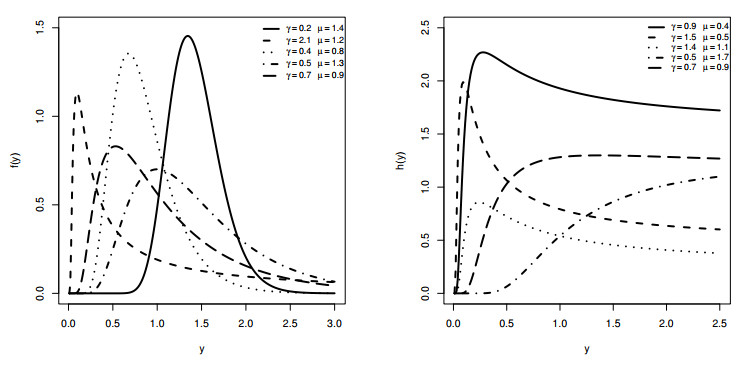
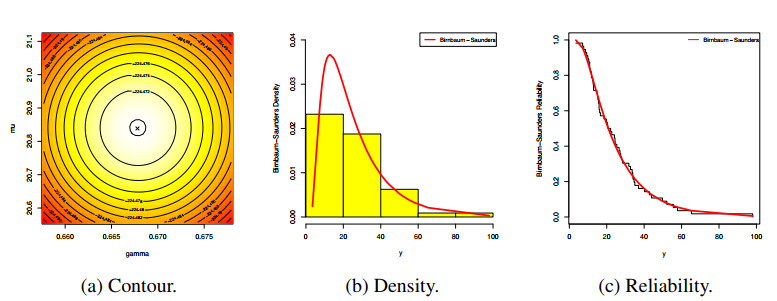

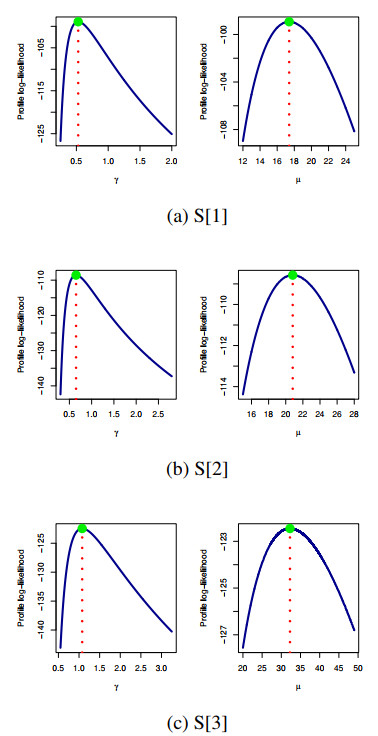
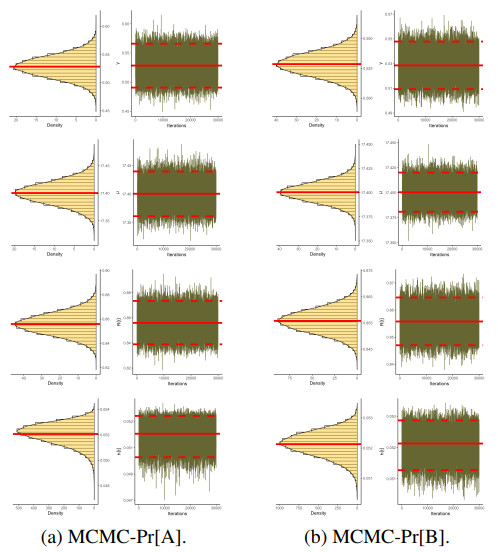
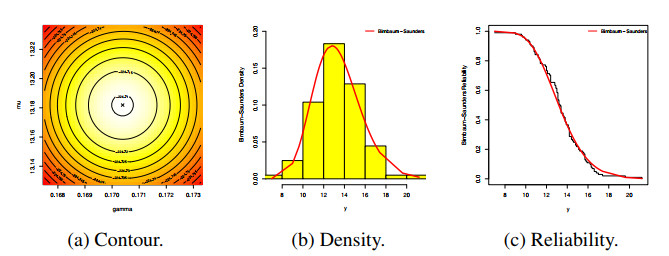

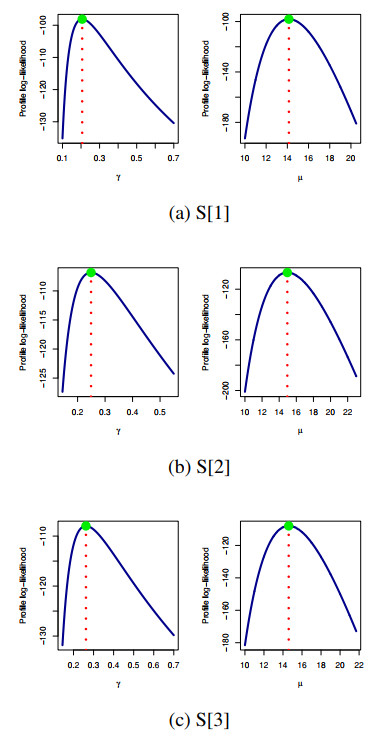
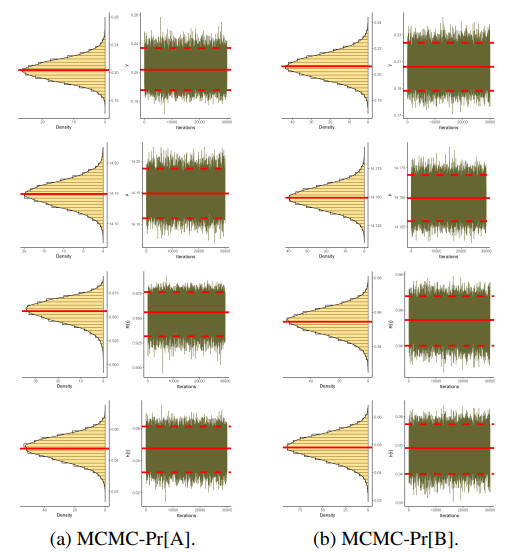


 DownLoad:
DownLoad: